5 Winter Fabrics That Feel as Good as They Look

Introduction: The Season of Warmth and Texture
Winter fashion is about more than just staying warm — it’s about finding comfort in fabrics that feel as beautiful as they look. As temperatures drop, what you wear becomes a form of self-care: soft against the skin, cozy in feel, and effortlessly stylish.
From the timeless elegance of Pashmina to the earthy charm of wool, the modern winter wardrobe celebrates textures that tell stories — of craftsmanship, nature, and quiet luxury.
In this guide, we’ll explore five winter fabrics that combine warmth, beauty, and breathability — perfect for women who value comfort, sustainability, and style that lasts.
Pashmina — The Diamond of Fibres
Few fabrics capture winter elegance like Pashmina. Known as the “Diamond of Fibres,” it’s prized for its unmatched softness, warmth, and timeless appeal.
Why It Feels So Good
Pashmina comes from the fine undercoat of Himalayan goats — fibers so light and fine that they measure less than 16 microns in diameter. This gives Pashmina its featherlight touch and exceptional insulation. It feels luxuriously soft against the skin, offering warmth without heaviness.
Why It Looks So Elegant
Handwoven Pashmina has a natural sheen and flow that elevate even the simplest outfit. Whether draped as a shawl, styled as a scarf, or tailored into a sweater, it exudes sophistication and understated grace.
Sustainability & Care
Authentic Pashmina is cruelty-free — collected naturally during the goats’ molting season — and crafted entirely by hand. When stored and cared for properly, it can last for decades, making it a truly sustainable investment.
(Read next: [Why Pashmina Sweaters Are Worth the Investment])

Merino Wool — Nature’s Intelligent Insulator
Merino wool has earned its place as a modern winter essential — celebrated for its smart performance and soft luxury. Unlike traditional wool, which can feel coarse or itchy, Merino fibers↗ are ultra-fine and incredibly smooth.
Why It Feels So Good
Merino wool naturally regulates body temperature. It traps warmth in cold weather but remains breathable enough to prevent overheating indoors. The fibers wick away moisture, keeping you dry and comfortable even after long wear.
Why It Looks So Elegant
Merino drapes beautifully and resists wrinkling — a dream for those who want effortless elegance. Whether in tailored sweaters, dresses, or scarves, it offers that refined, minimalist look that defines quiet luxury.
Sustainability & Care
Merino wool is renewable and biodegradable, making it a responsible alternative to synthetic winterwear. Hand wash gently or dry clean for longevity — it’s worth the care.

Cashmere — The Modern Symbol of Understated Luxury
Soft, sophisticated, and effortlessly refined — Cashmere is a winter staple for those who value timeless comfort. While often mentioned alongside Pashmina, Cashmere comes from different breeds of goats↗, primarily in Mongolia and China, and is slightly thicker and stronger.
Why It Feels So Good
Cashmere’s hallmark is its cloud-like softness. The fine fibers trap air efficiently, providing warmth without bulk — ideal for layering under coats or pairing with linen trousers for a trans-seasonal look.
Why It Looks So Elegant
Cashmere knits and scarves embody quiet luxury: no loud logos, no overstatement, just refined simplicity. Its natural matte texture gives off a sense of effortless sophistication.
Sustainability & Care
High-quality Cashmere can last for years if treated gently. Look for ethically sourced, certified Cashmere that supports fair trade and sustainable grazing practices.

Linen-Wool Blends — Light Warmth, Modern Versatility
Linen might be known as a summer fabric, but when blended with wool, it becomes a beautiful winter ally. The result? A fabric that combines the softness of wool with the breathability of linen.
Why It Feels So Good
Wool-linen blends strike a perfect balance — they keep you cozy without feeling heavy or stuffy. The linen fibers add airiness and moisture absorption, ensuring comfort even during temperature changes throughout the day.
Why It Looks So Elegant
This blend has a natural texture and drape that feels effortlessly stylish. Perfect for mild winters or indoor settings, it’s ideal for women who love understated tailoring — think long dresses, tunics, or soft-knit coats.
Sustainability & Care
Both wool and linen are natural, renewable fibers. Together, they create a fabric that’s not just beautiful but eco-friendly. Wash gently, and avoid direct sunlight when drying to preserve its structure.
(Explore more: [Discover Travel-Friendly Linen Dresses])
Alpaca Wool — Soft Strength from the Andes
For those who crave warmth with a touch of exotic luxury, Alpaca wool↗ is a remarkable choice. Native to South America’s Andean highlands, alpacas produce fibers known for their silky softness, resilience, and natural sheen.
Why It Feels So Good
Alpaca wool is hypoallergenic — it contains no lanolin, making it gentle on sensitive skin. The fibers are hollow, providing excellent insulation while remaining light. Imagine wrapping yourself in something soft yet breathable, like a warm cloud.
Why It Looks So Elegant
The natural sheen of Alpaca gives garments a subtle glow, lending sophistication without sparkle. Its texture works beautifully in structured coats or fluid shawls, balancing warmth with refinement.
Sustainability & Care
Alpaca farming is environmentally low-impact, as the animals graze gently and require minimal resources. Hand wash in cool water or dry clean to maintain its luster and softness.
How to Choose the Right Winter Fabric for You
Each of these fabrics — from Pashmina’s heritage luxury to Merino’s modern comfort — offers something distinct. The key is understanding your climate, lifestyle, and comfort needs.
Here’s a quick guide:
|
Climate Type |
Best Fabric Choice |
Why It Works |
|
Mild Winters |
Linen-Wool Blend / Light Pashmina |
Breathable yet cozy |
|
Cold Urban Winters |
Cashmere / Merino Wool |
Warm without bulk |
|
Mountain or Frosty Regions |
Pashmina / Alpaca |
Superior insulation |
|
Work-from-Home Comfort |
Merino / Cashmere |
Soft, breathable, stylish |
|
Everyday Elegance |
Pashmina |
Classic, timeless, and versatile |
Sustainability in Winter Fashion
As the world embraces mindful living, sustainable winter fabrics are gaining importance. Synthetic materials may offer short-term convenience, but natural fibers like wool, Pashmina, and linen last longer, breathe better, and have a smaller environmental footprint.
When you invest in authentic, natural fabrics, you’re not only choosing comfort — you’re choosing conscious living. Each wear becomes an act of care for both yourself and the planet.
Summary: Warmth Meets Wisdom
Winter dressing doesn’t need to be complicated. It’s about surrounding yourself with materials that feel like comfort and look like confidence.
From the soulful warmth of Pashmina to the intelligent performance of Merino wool, these fabrics prove that elegance and sustainability can coexist beautifully. They are investments in both style and longevity — the kind of wardrobe choices that never go out of fashion.
Because true winter luxury isn’t loud — it’s quiet, thoughtful, and lasting.
Discover our collection of timeless, sustainable winter pieces at Kuttons.
FAQs
1. What is the warmest winter fabric among these?
Pashmina and Alpaca are among the warmest natural fabrics, offering insulation even in extreme cold while staying lightweight and breathable.
2. How do I care for natural winter fabrics?
Always follow gentle care — hand wash or dry clean, avoid harsh detergents, and store away from direct sunlight. [Explore our Fabric Care Guide].
3. Are these fabrics eco-friendly?
Yes, all five — Pashmina, Merino, Cashmere, Linen-Wool, and Alpaca — are natural, biodegradable, and sustainable when sourced responsibly.
4. Why should I invest in natural fabrics instead of synthetics?
Natural fabrics breathe better, last longer, and age beautifully. They’re not just comfortable; they’re better for your skin and the planet.
Products on Sale
- Regular Price
- from $46.00
- Sale Price
- from $46.00
- Regular Price
-
$76.00
- Unit Price
- per
- Regular Price
- $199.00
- Sale Price
- $199.00
- Regular Price
-
$278.00
- Unit Price
- per
- Regular Price
- $134.00
- Sale Price
- $134.00
- Regular Price
-
$148.00
- Unit Price
- per
- Regular Price
- $109.00
- Sale Price
- $109.00
- Regular Price
-
$142.00
- Unit Price
- per
- Regular Price
- $159.00
- Sale Price
- $159.00
- Regular Price
-
$196.00
- Unit Price
- per
- Regular Price
- $49.00
- Sale Price
- $49.00
- Regular Price
-
$52.00
- Unit Price
- per
- Regular Price
- $22.00
- Sale Price
- $22.00
- Regular Price
-
$26.00
- Unit Price
- per
- Regular Price
- $30.00
- Sale Price
- $30.00
- Regular Price
-
$37.00
- Unit Price
- per
- Regular Price
- $134.00
- Sale Price
- $134.00
- Regular Price
-
$170.00
- Unit Price
- per
- Regular Price
- $74.00
- Sale Price
- $74.00
- Regular Price
-
$78.00
- Unit Price
- per
- Regular Price
- $46.00
- Sale Price
- $46.00
- Regular Price
-
$56.00
- Unit Price
- per
- Regular Price
- $99.00
- Sale Price
- $99.00
- Regular Price
-
$125.00
- Unit Price
- per
- Regular Price
- $99.00
- Sale Price
- $99.00
- Regular Price
-
$92.00
- Unit Price
- per
- Regular Price
- $56.00
- Sale Price
- $56.00
- Regular Price
-
$52.00
- Unit Price
- per
- Regular Price
- $56.00
- Sale Price
- $56.00
- Regular Price
-
$52.00
- Unit Price
- per
- Regular Price
- $56.00
- Sale Price
- $56.00
- Regular Price
-
$52.00
- Unit Price
- per
- Regular Price
- $128.00
- Sale Price
- $128.00
- Regular Price
-
$145.00
- Unit Price
- per
- Regular Price
- $69.00
- Sale Price
- $69.00
- Regular Price
-
$95.00
- Unit Price
- per

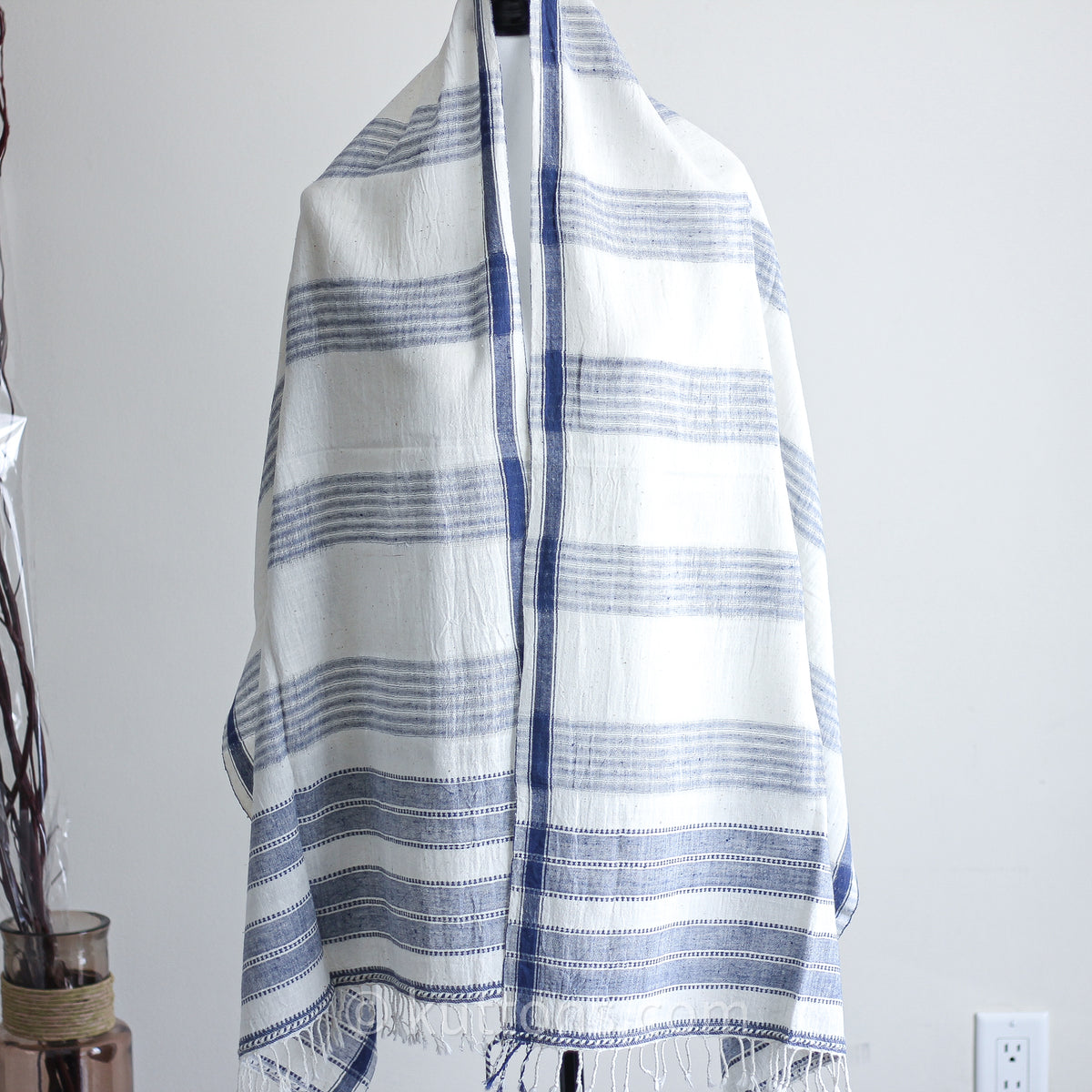
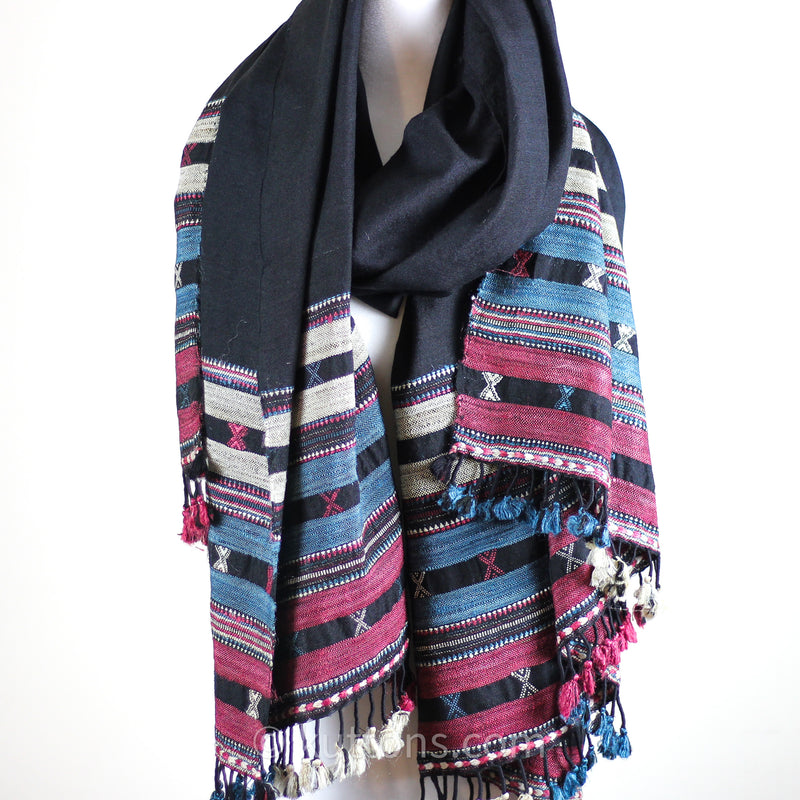
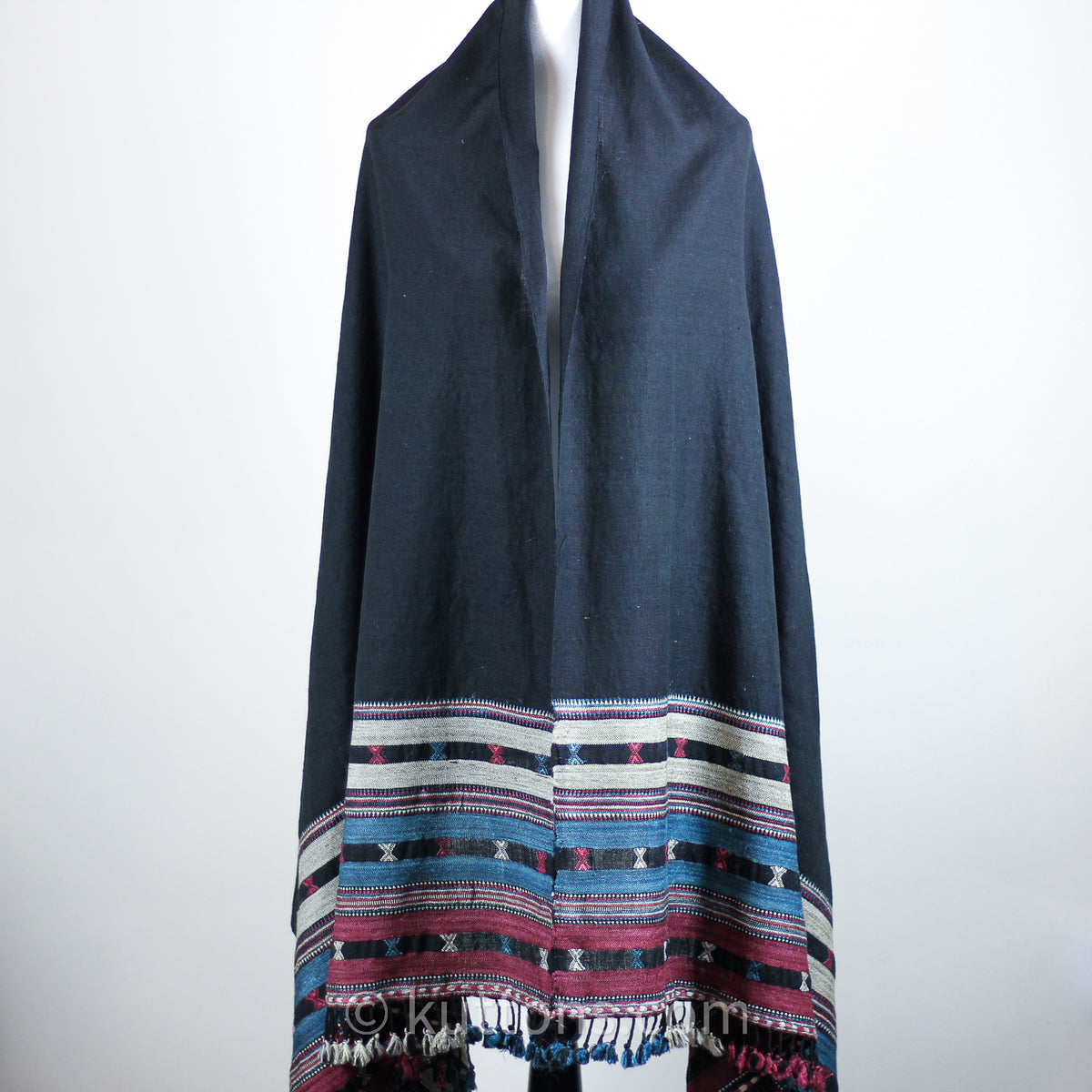
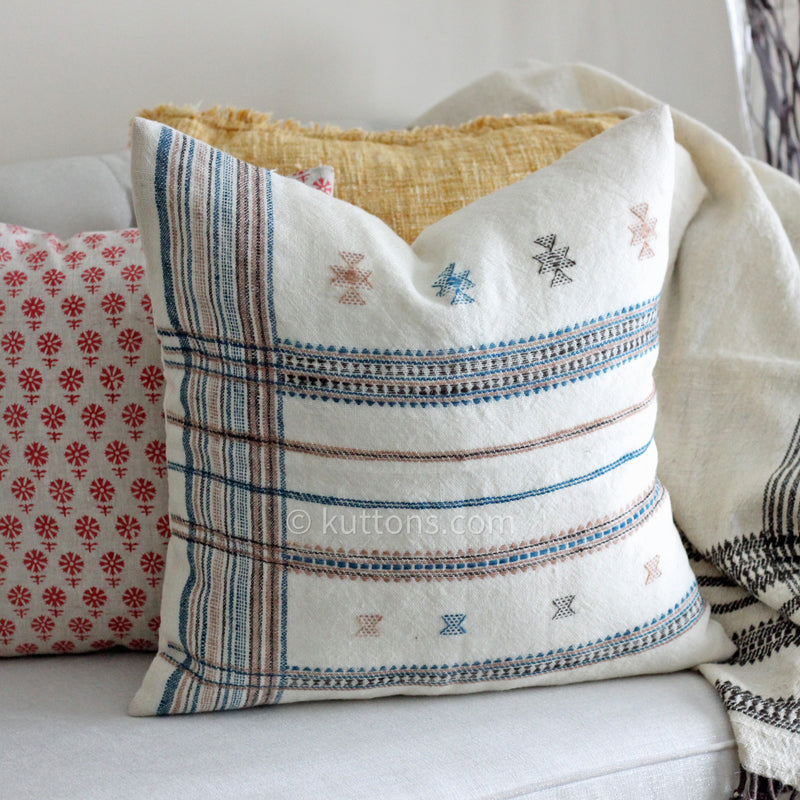

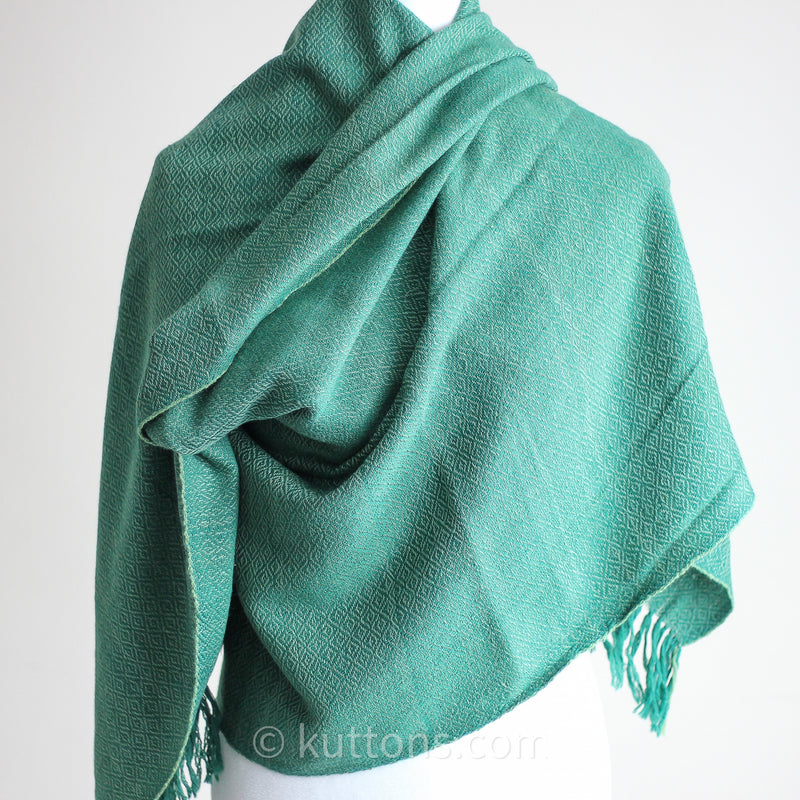

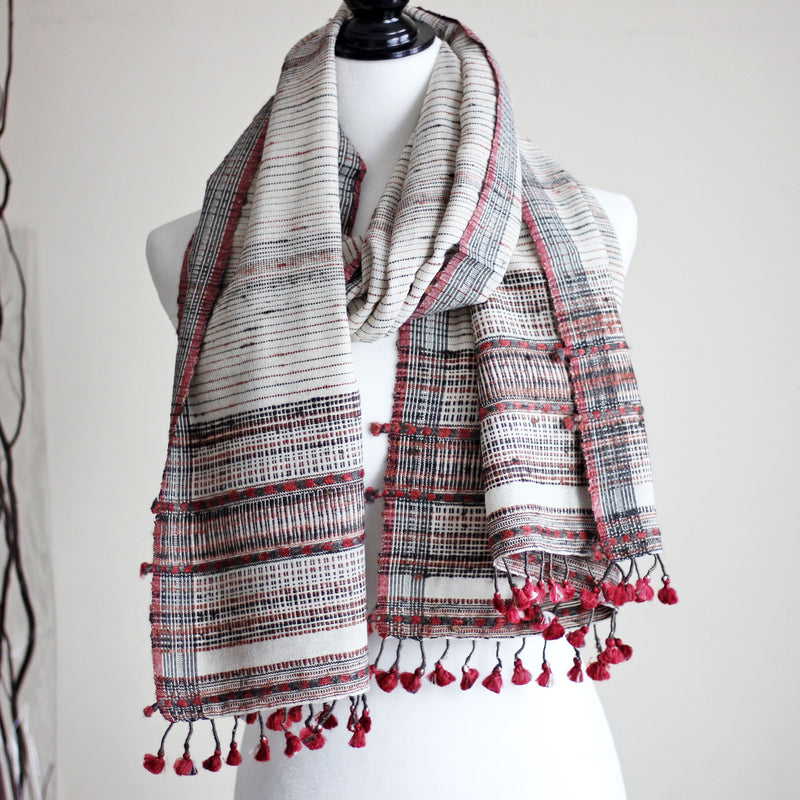
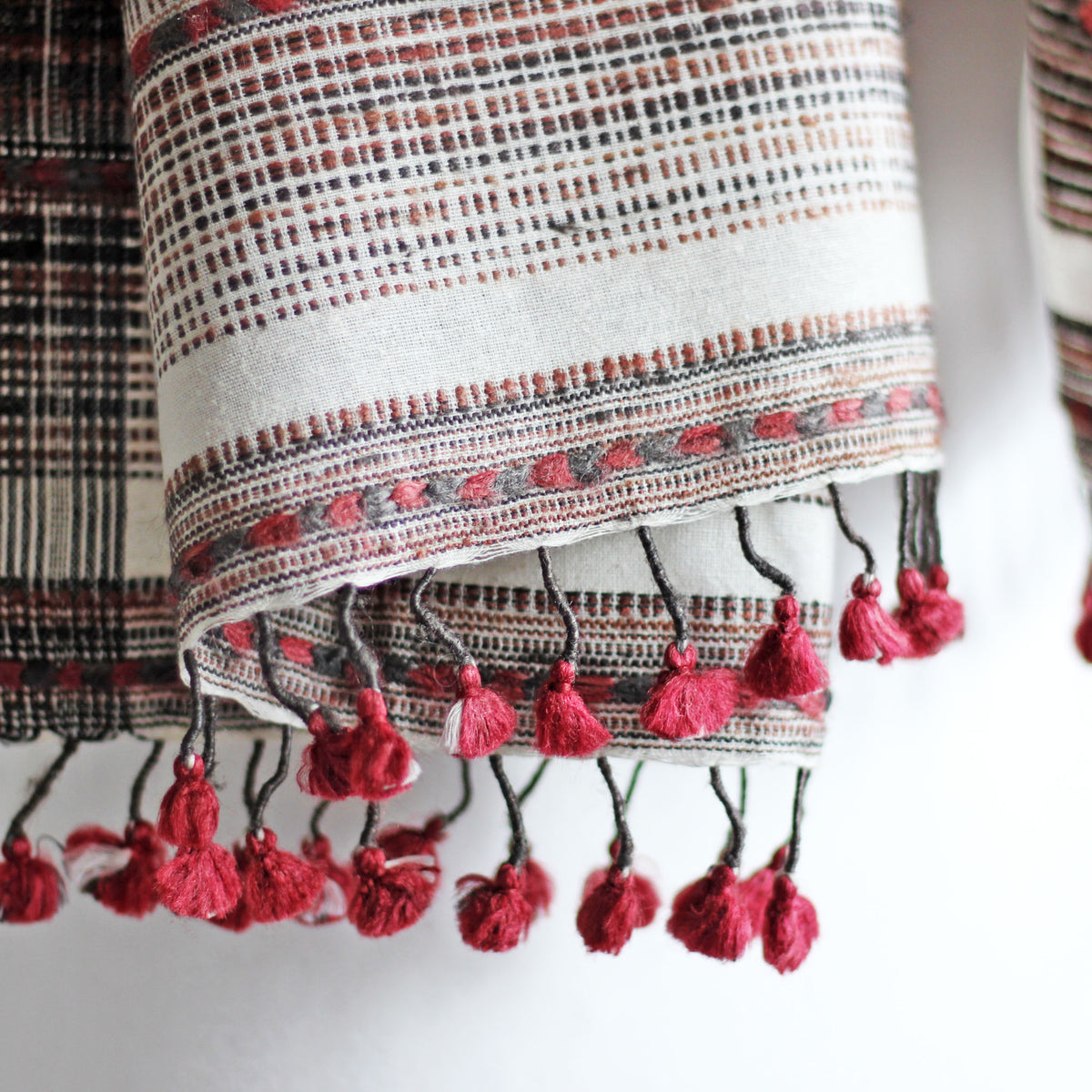
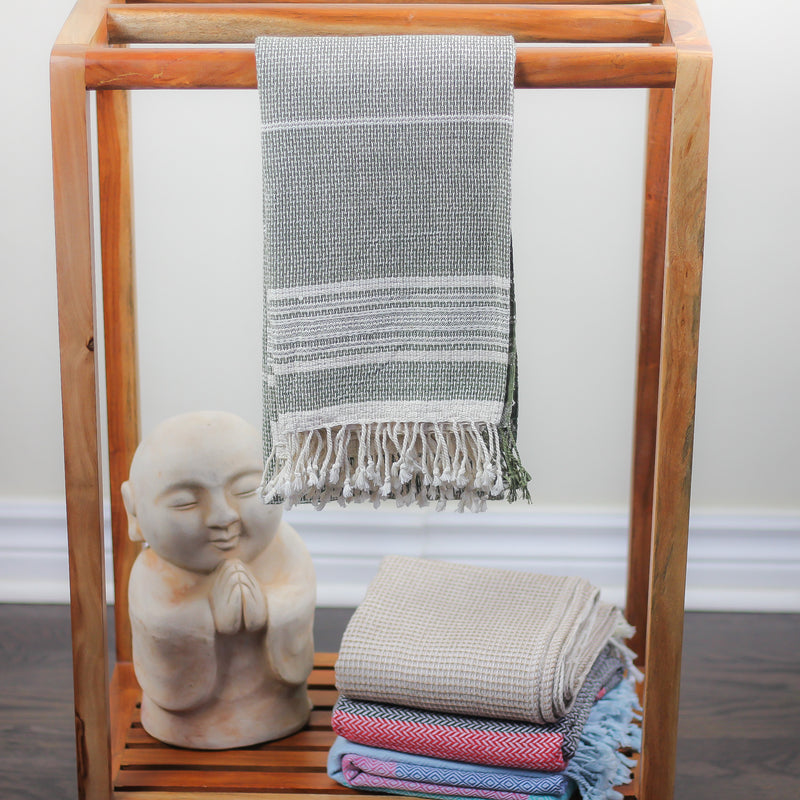

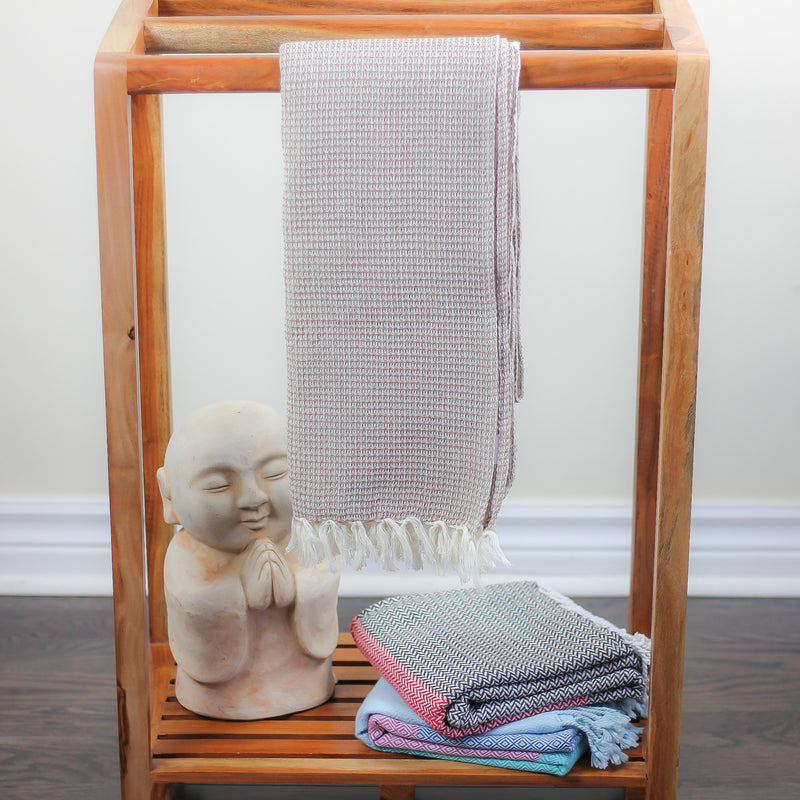
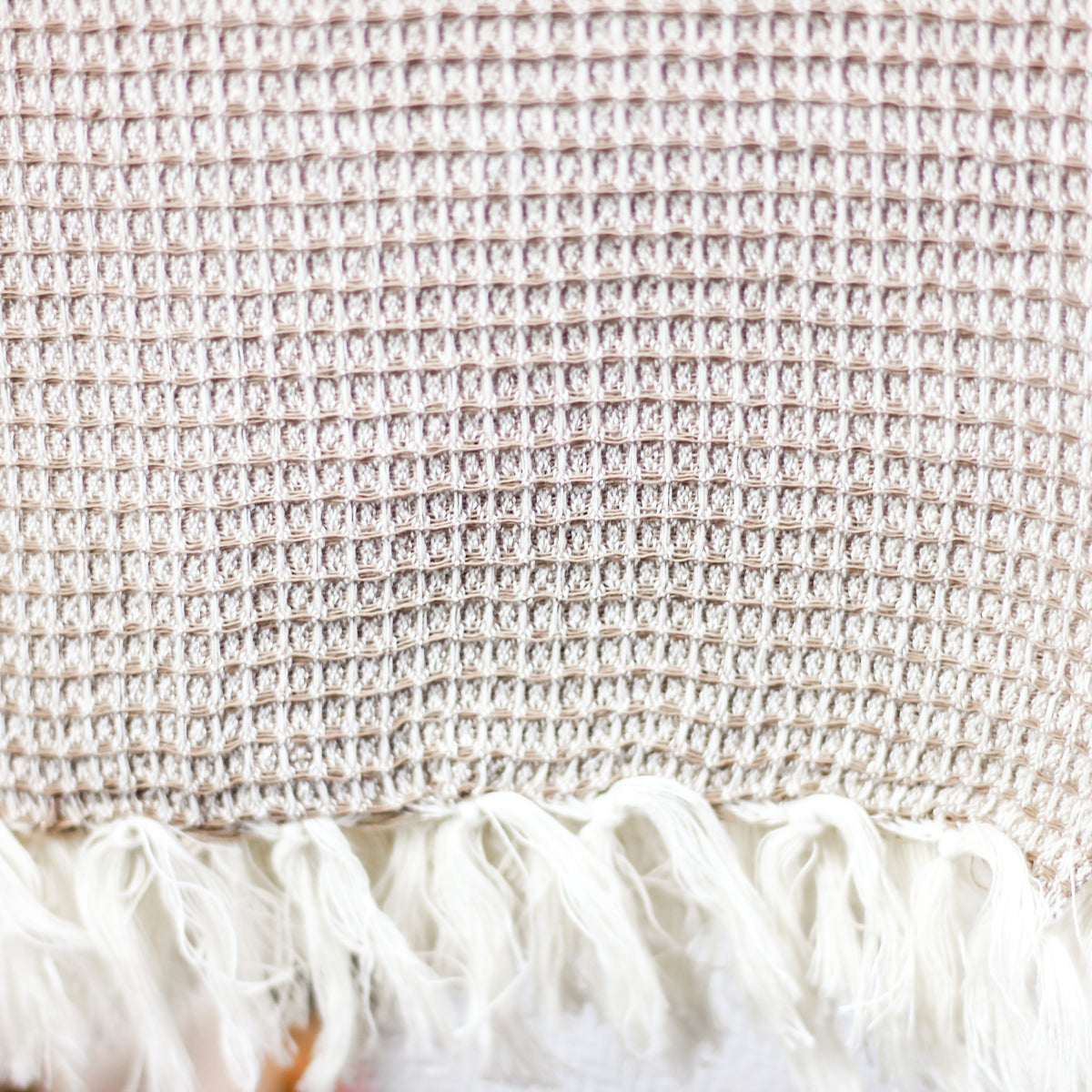

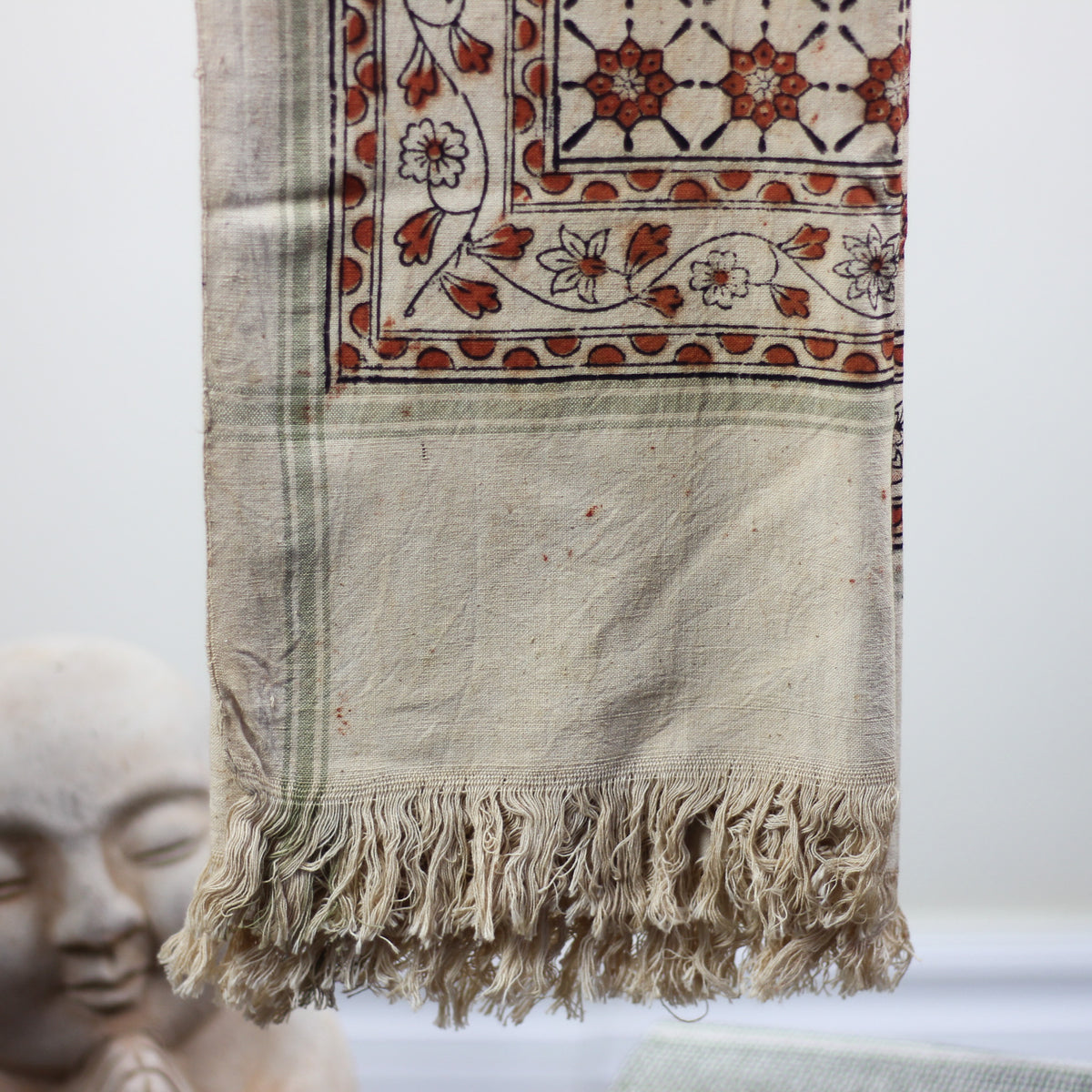
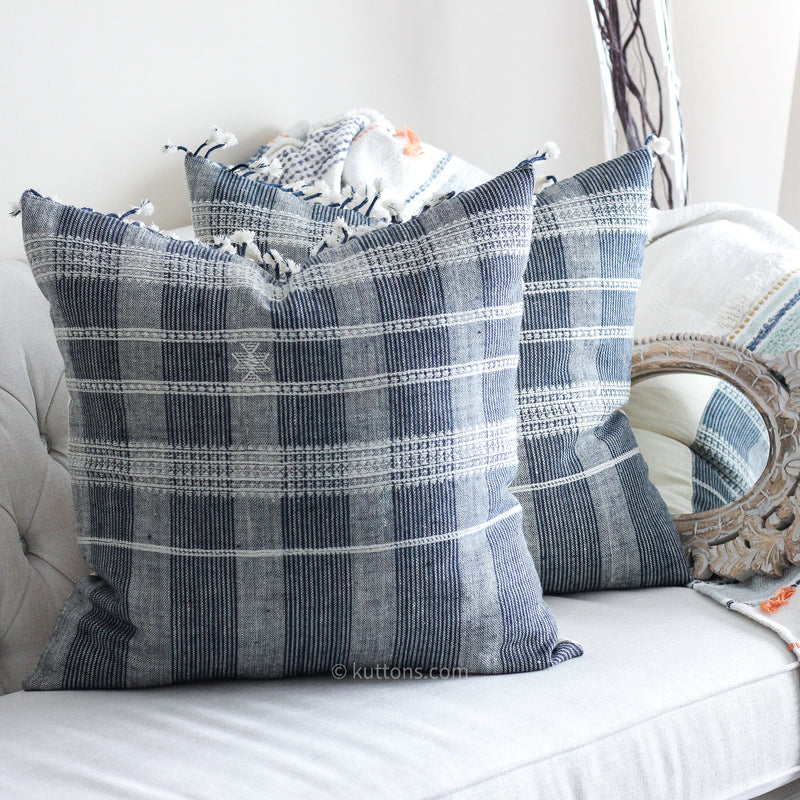

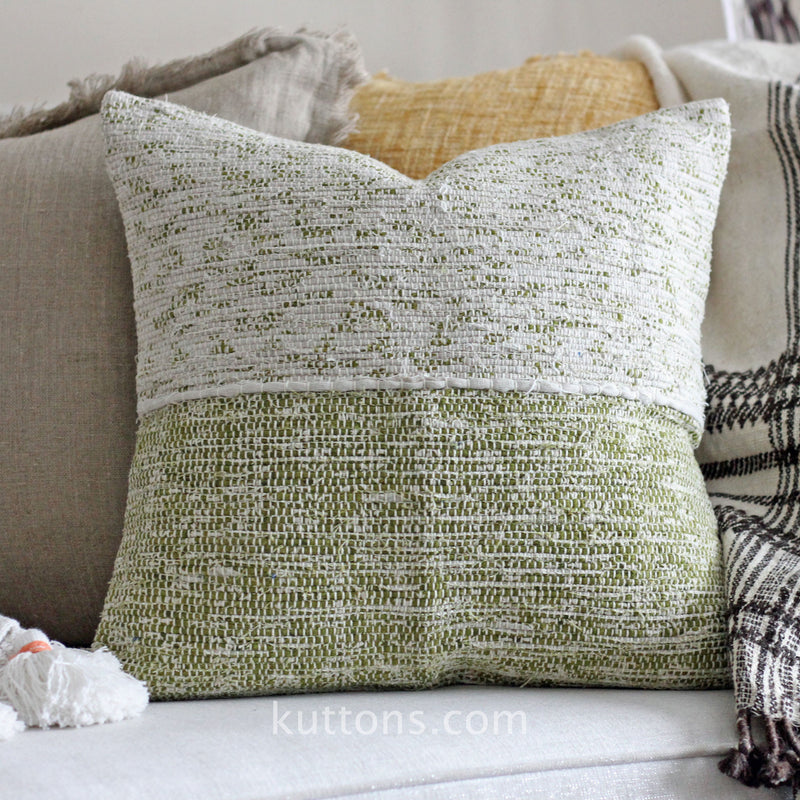
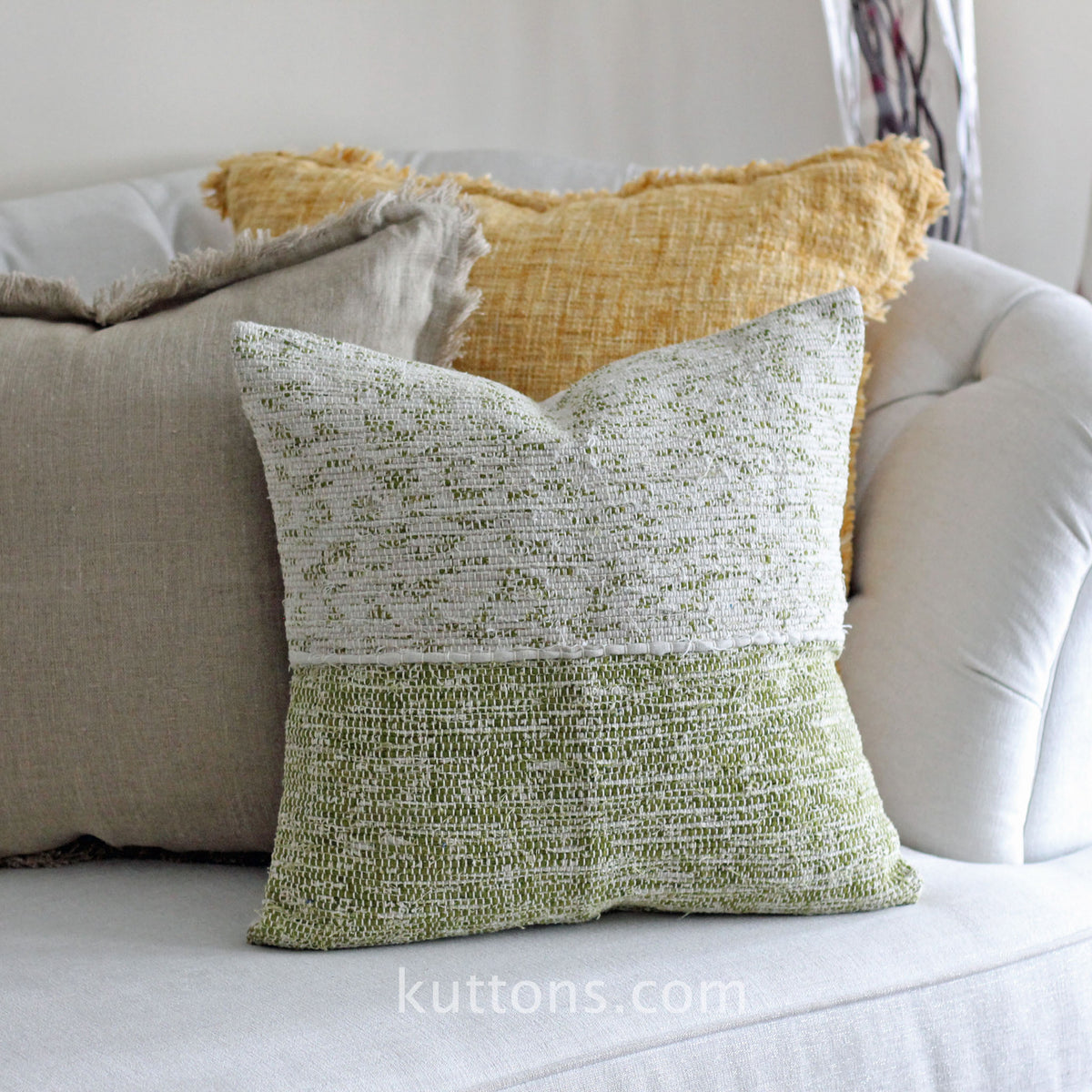
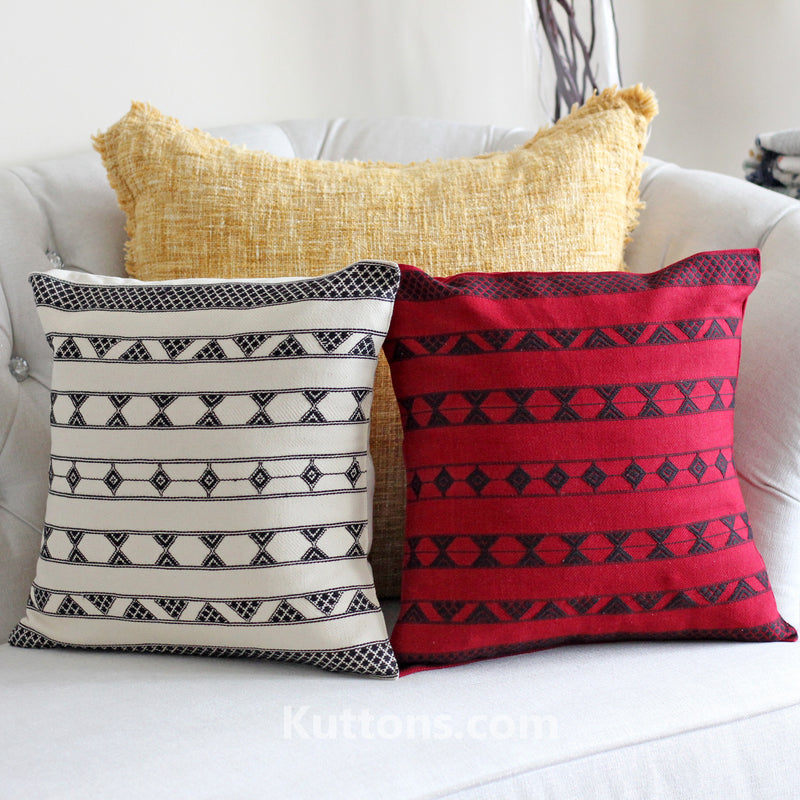
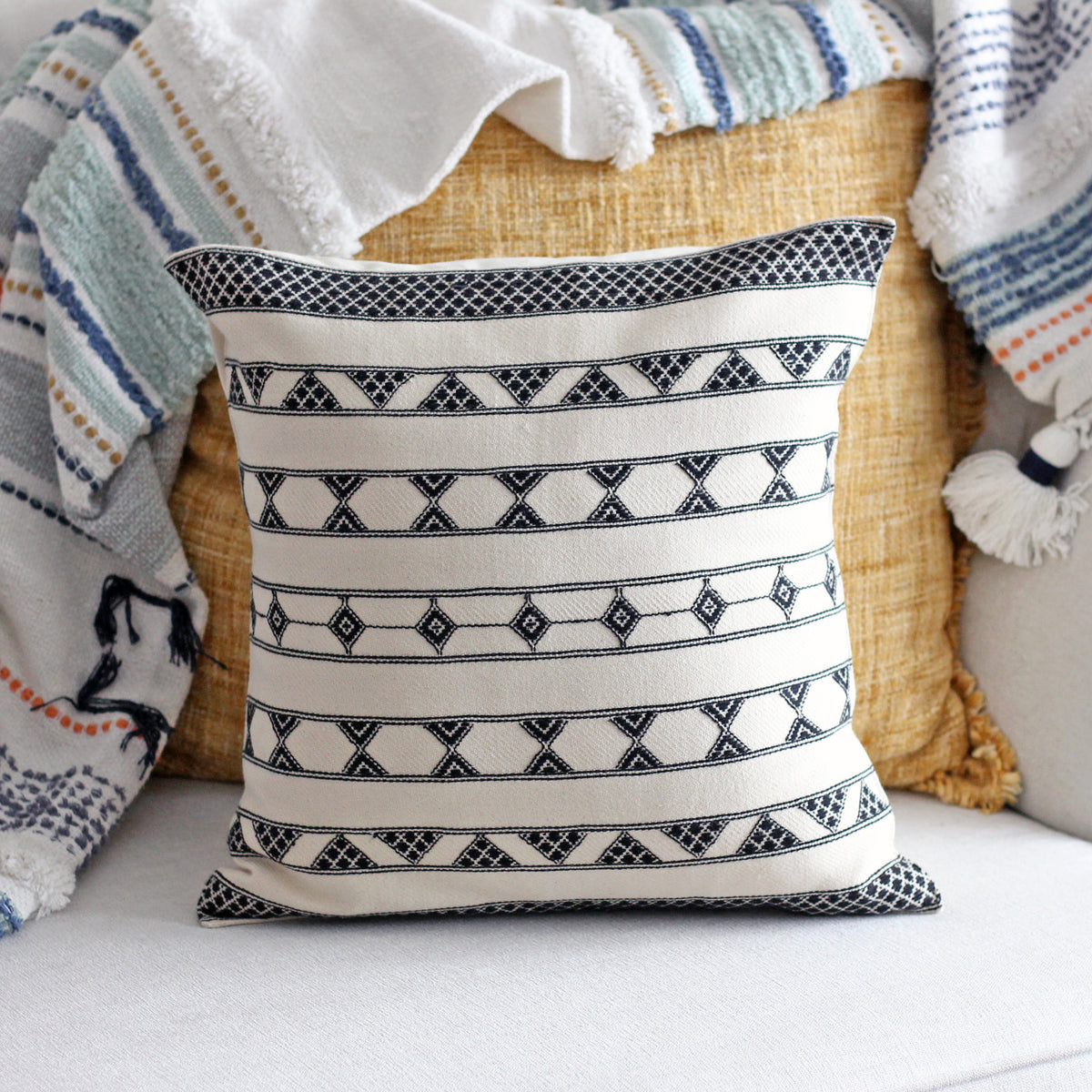
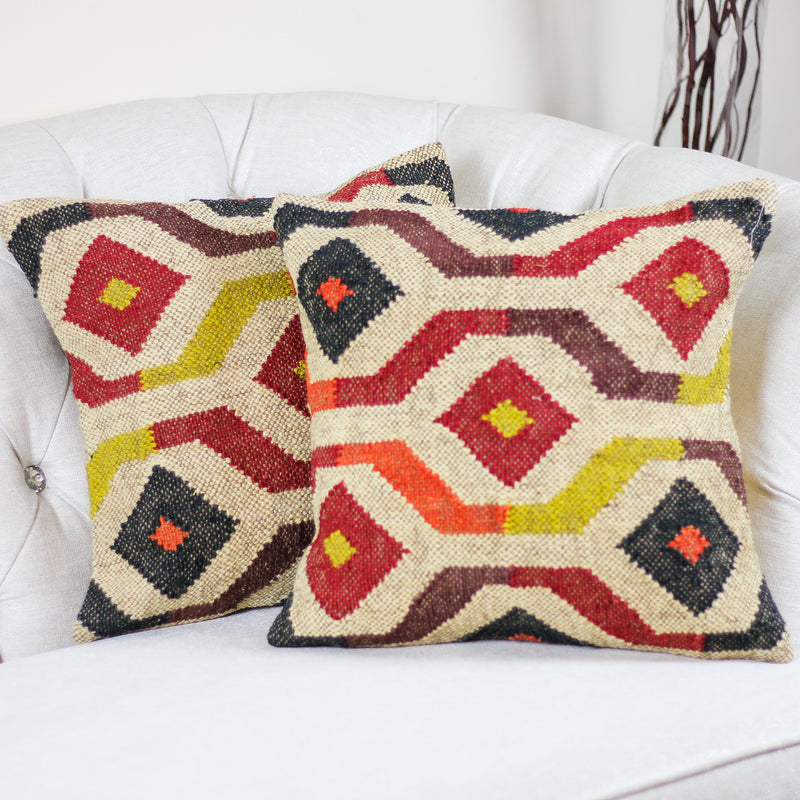
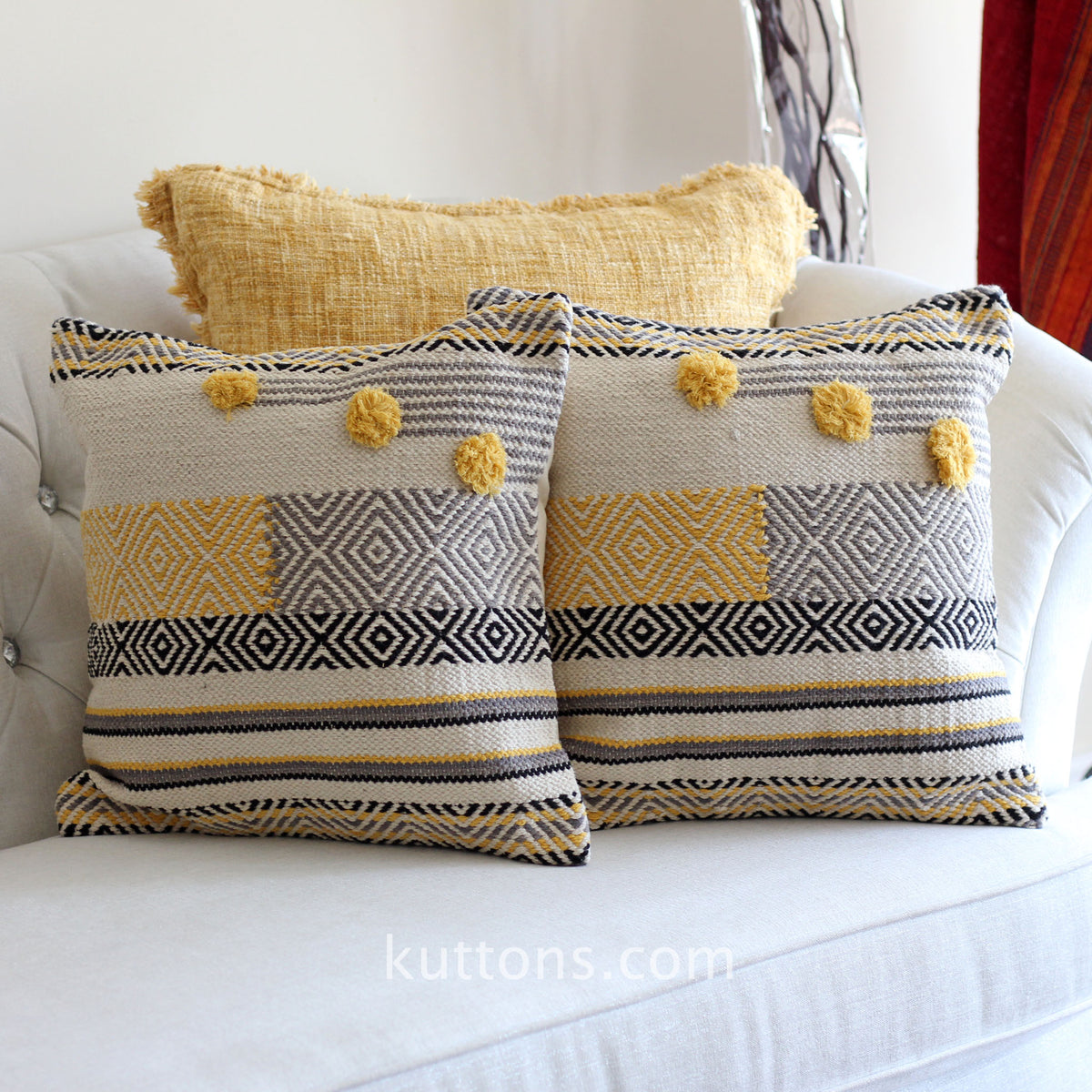


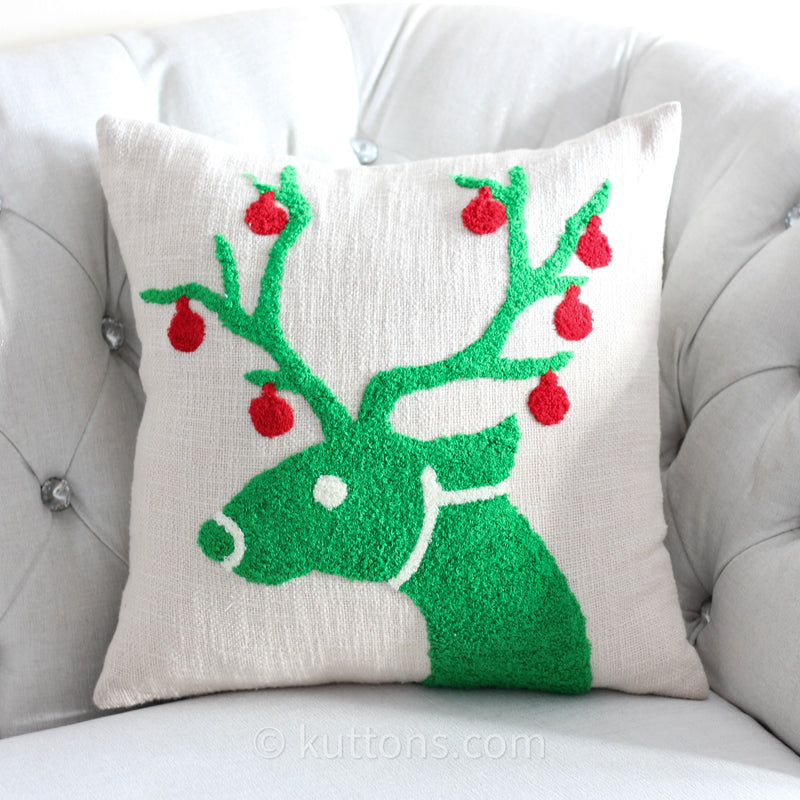
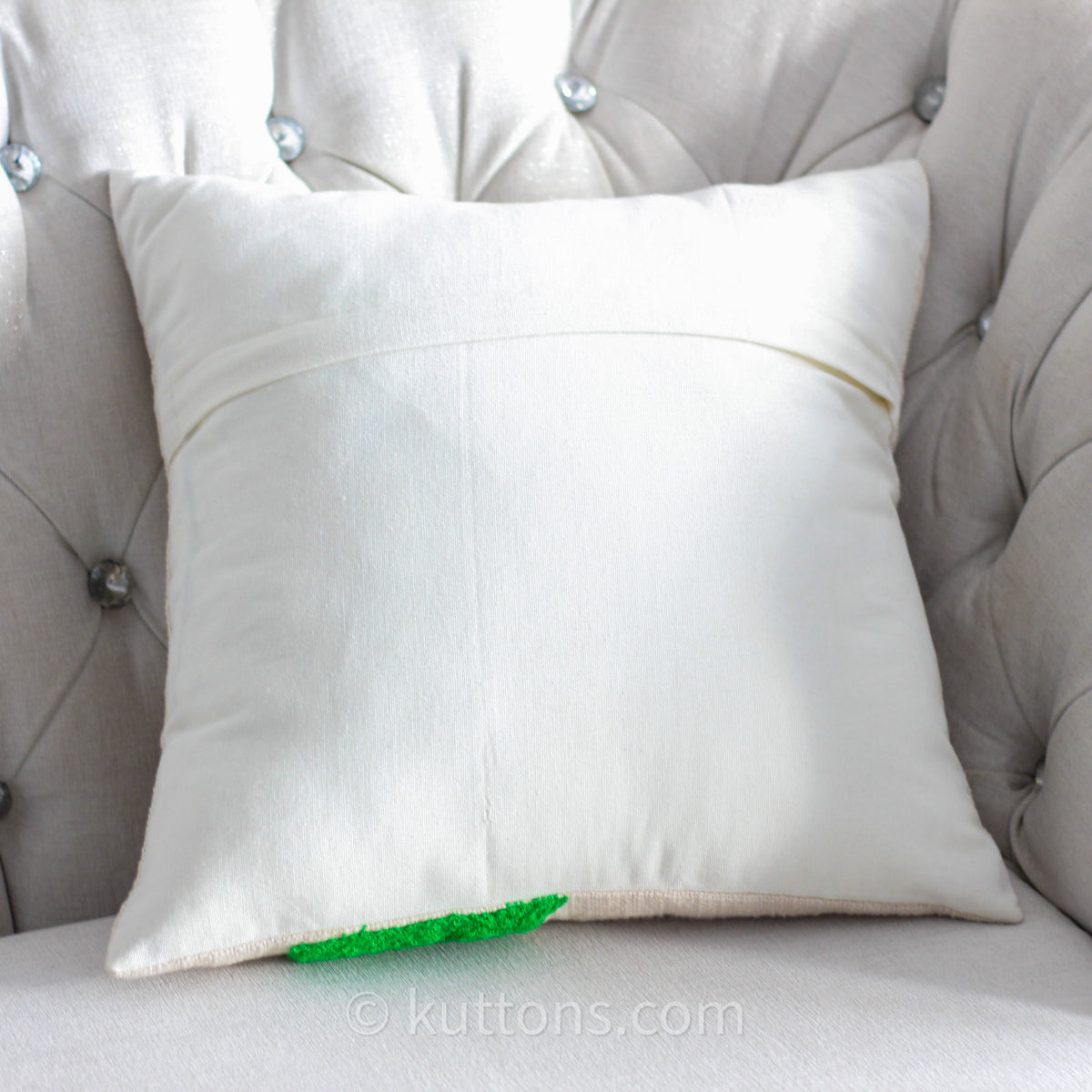
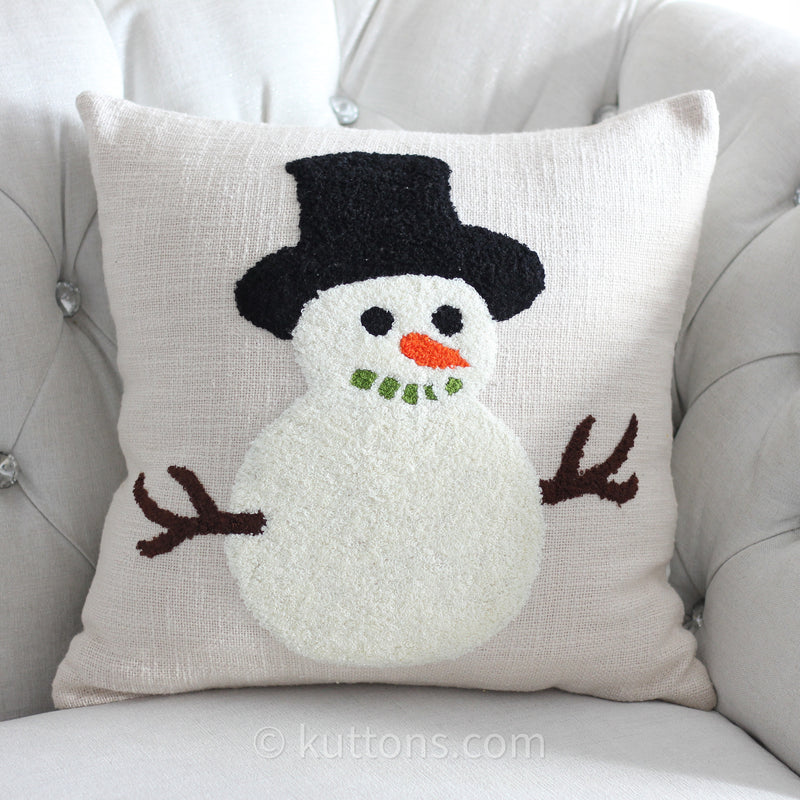
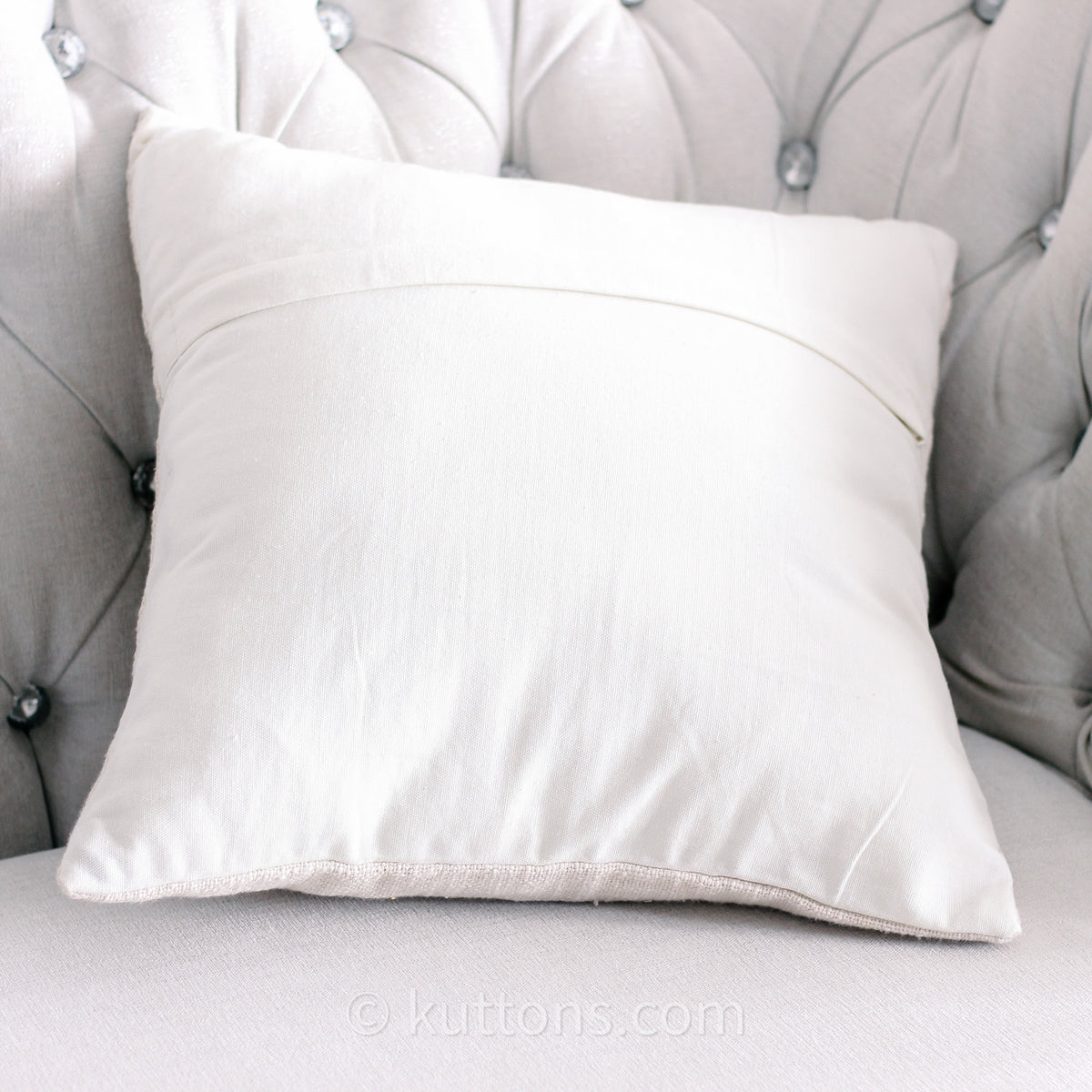
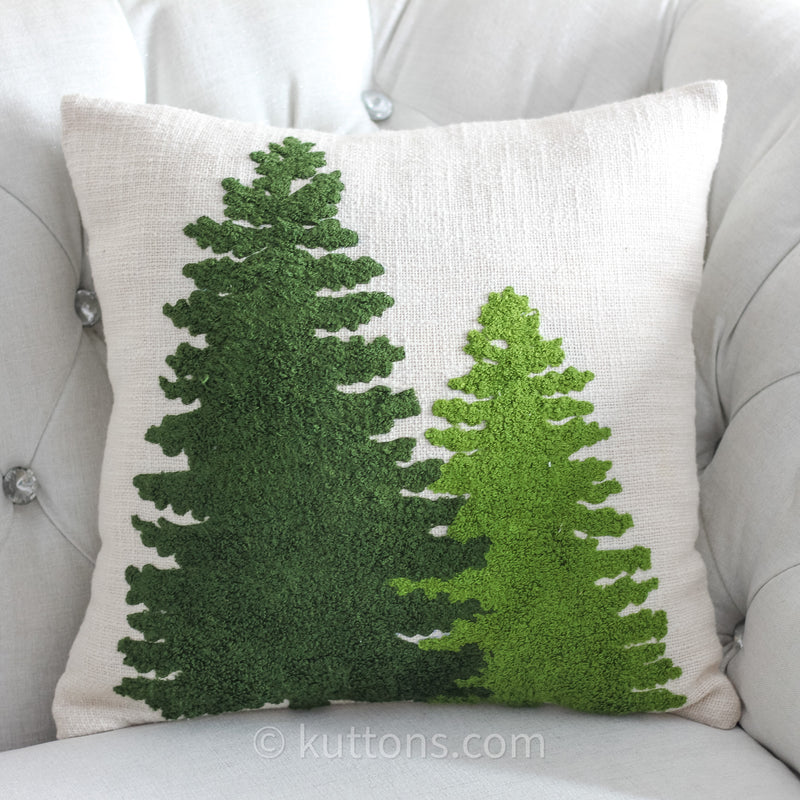
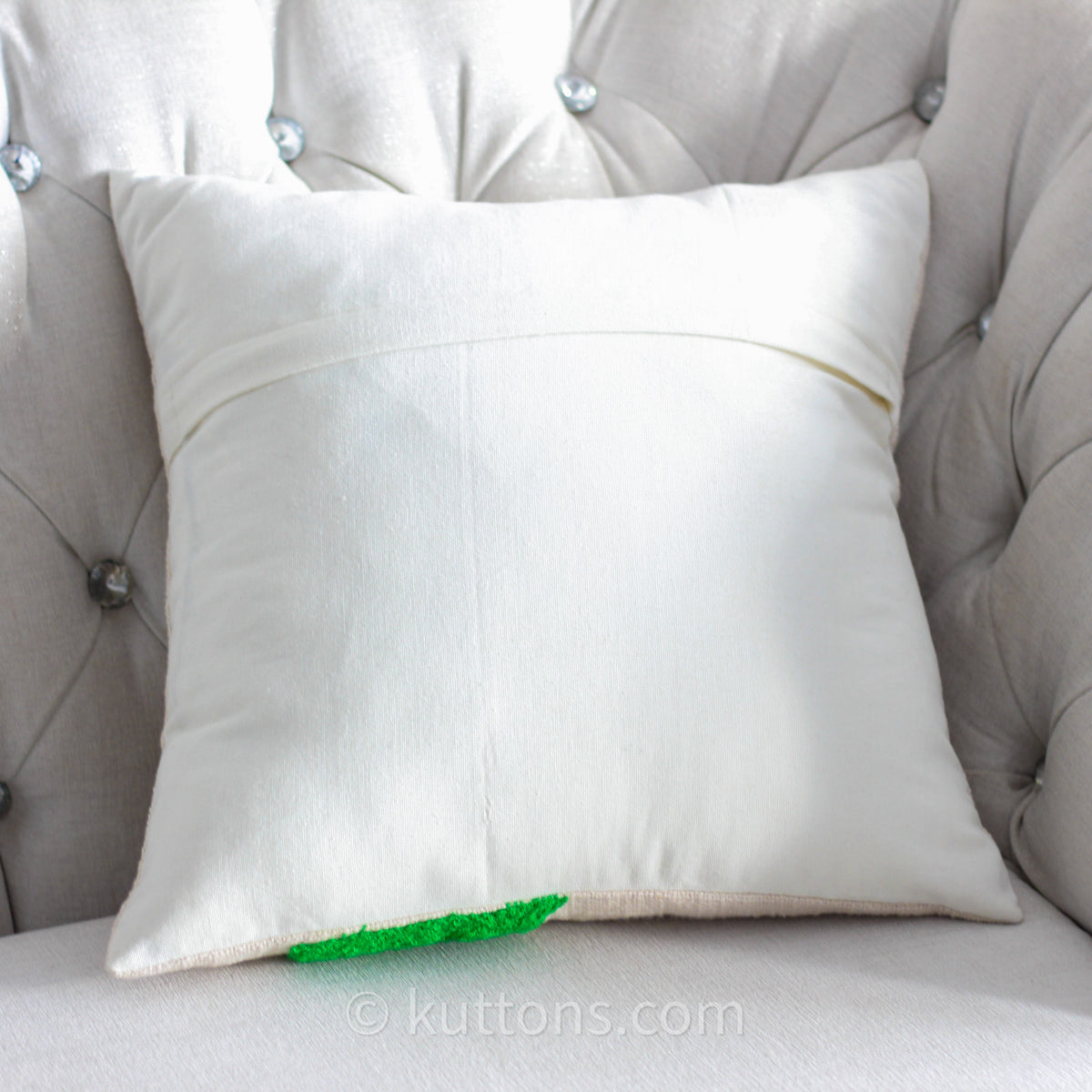
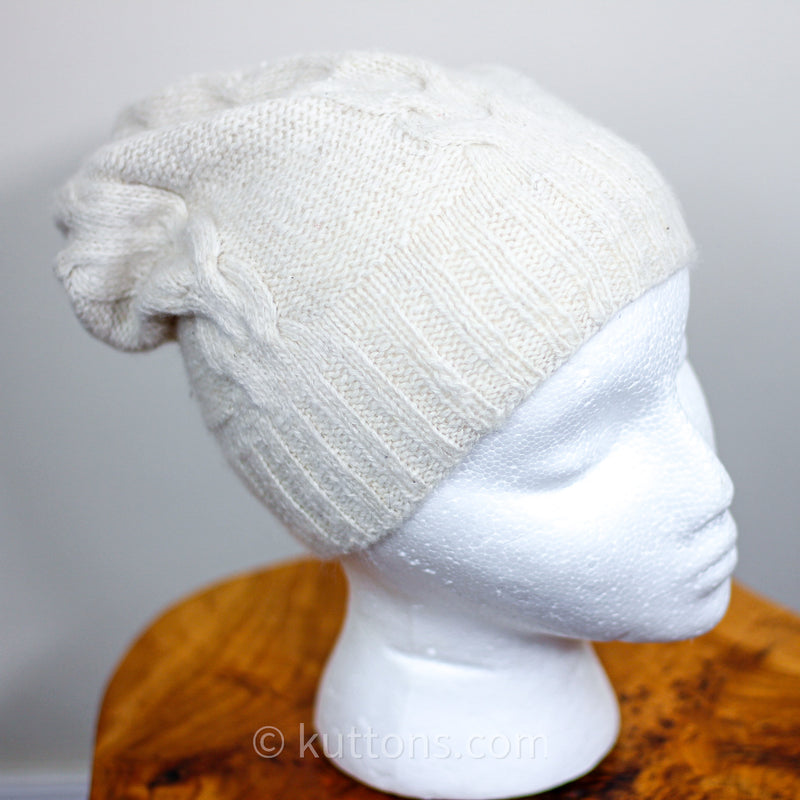
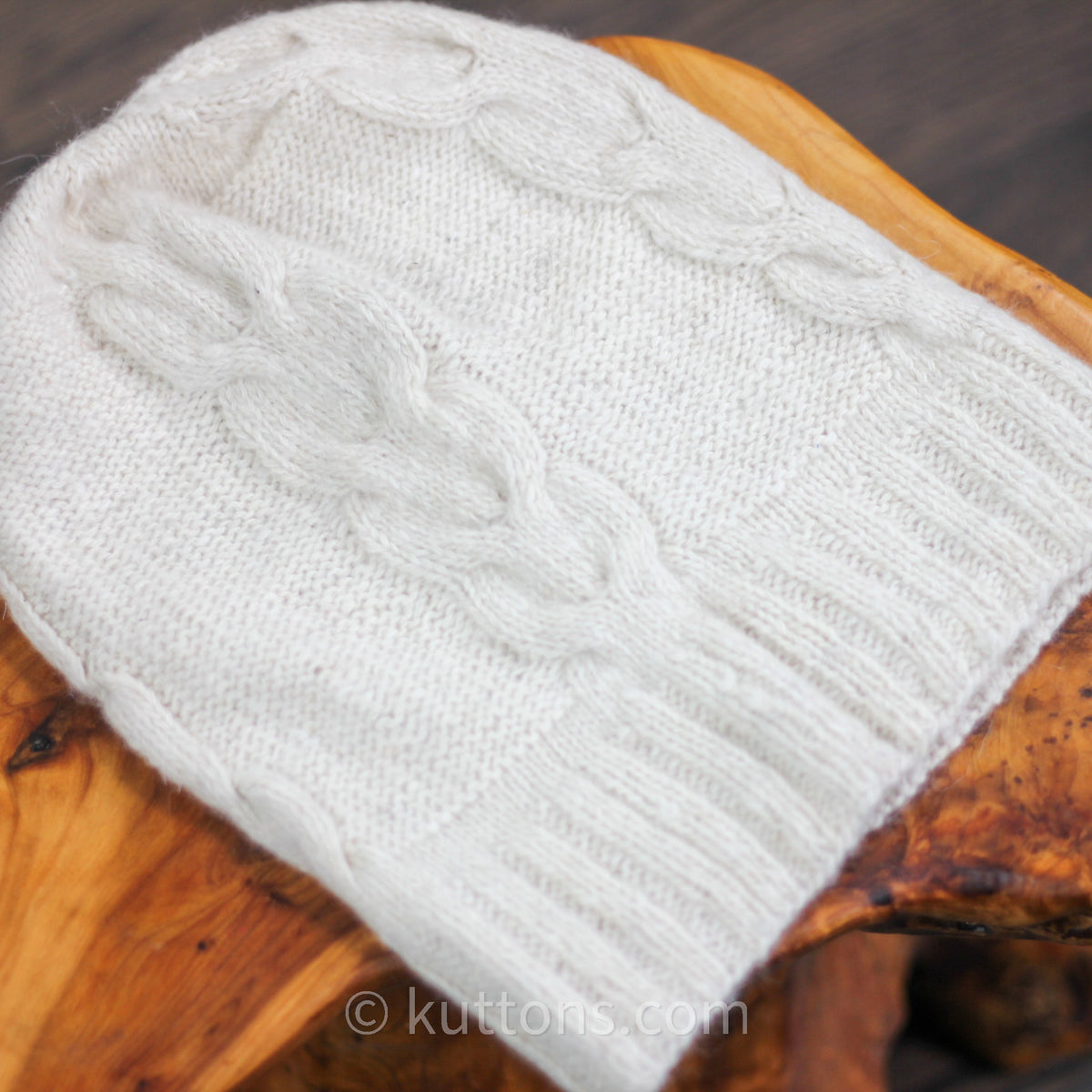

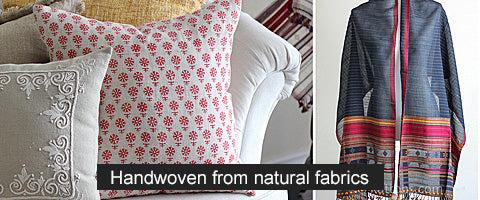
0 comments